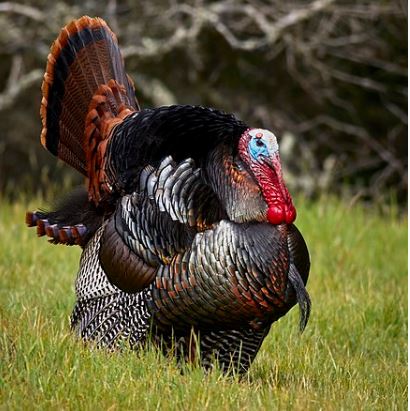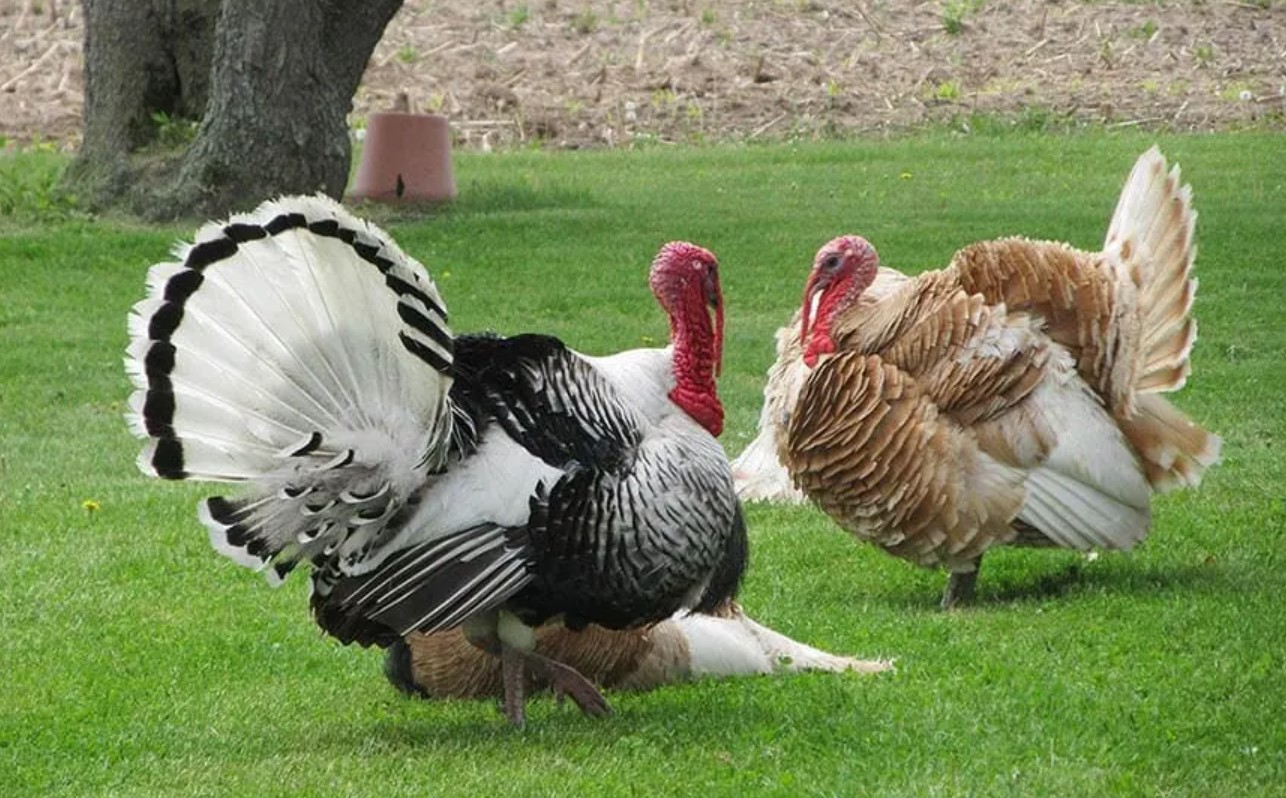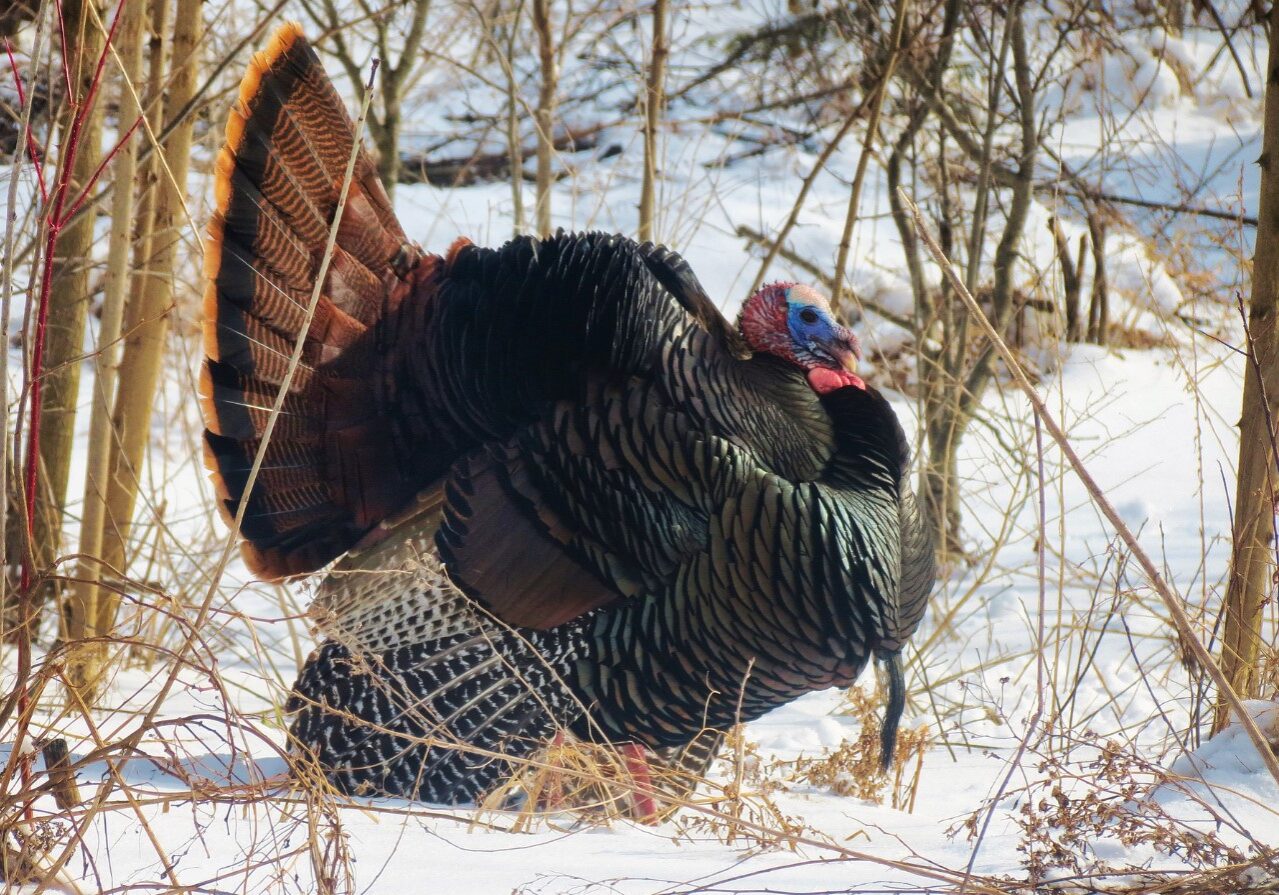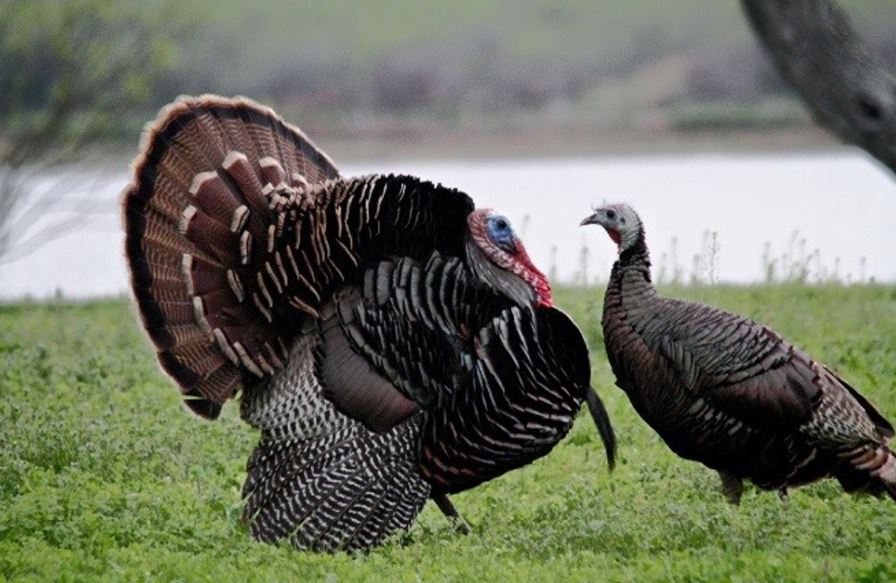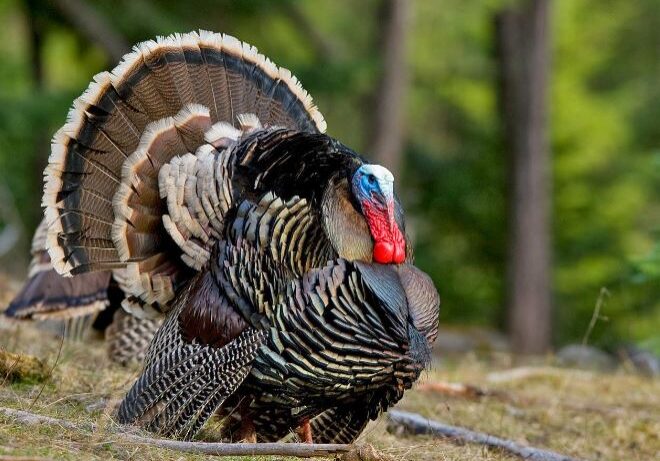
Let's learn more about turkeys
The turkey is a large bird in the genus Meleagris, native to North America. There are two extant turkey species: the wild turkey (Meleagris gallopavo) of eastern and central North America and the ocellated turkey (Meleagris ocellata) of the Yucatán Peninsula in Mexico. Males of both turkey species have a distinctive fleshy wattle, called a snood, that hangs from the top of the beak. They are among the largest birds in their ranges. As with many large ground-feeding birds (order Galliformes), the male is bigger and much more colorful than the female.
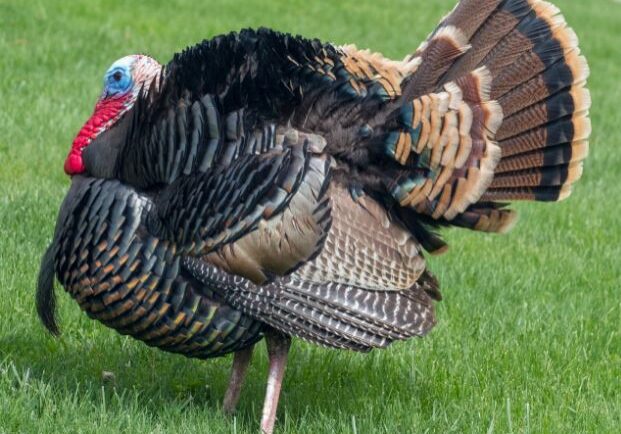
The discovery
When were they first domesticated?
Turkeys were likely first domesticated in Pre-Columbian Mexico, where they held a cultural and symbolic importance. The Classical Nahuatl word for the turkey, huehxōlō-tl (guajolote in Spanish), is still used in modern Mexico, in addition to the general term pavo. Mayan aristocrats and priests appear to have had a special connection to ocellated turkeys, with ideograms of those birds appearing in Mayan manuscripts. Spanish chroniclers, including Bernal Díaz del Castillo and Father Bernardino de Sahagún, describe the multitude of food (both raw fruits and vegetables as well as prepared dishes) that were offered in the vast markets (tianguis) of Tenochtitlán, noting there were tamales made of turkeys, iguanas, chocolate, vegetables, fruits and more.
Turkeys were first exported to Europe via Spain around 1519, where they gained immediate popularity among the aristocratic classes. Turkeys arrived in England in 1541. From there, English settlers brought turkeys to North America during the 17th century.
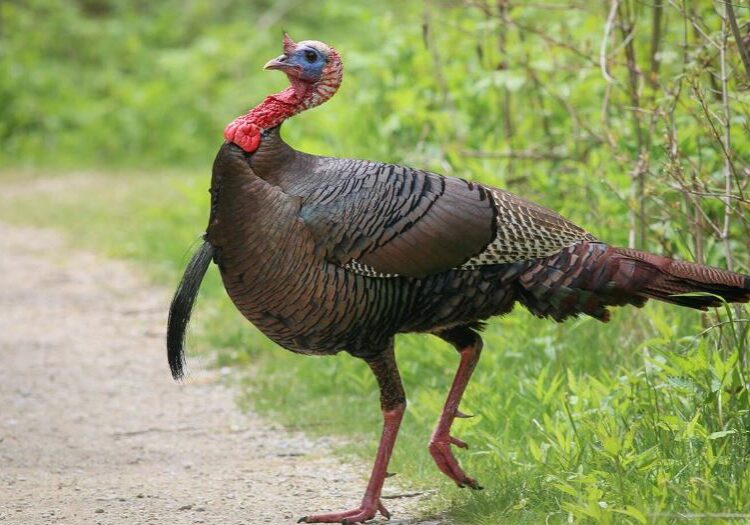
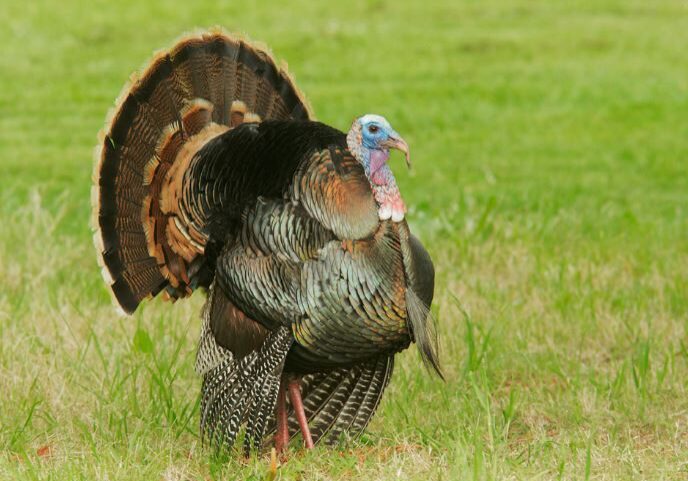
Turkey history with benjamin franklin
Among interesting turkey history facts, while Benjamin Franklin did not advocate for the turkey as our National Bird, he did prefer them to bald eagles. In a letter to his daughter, Benjamin Franklin called the bald eagle “a bird of bad moral character” because they steal from other birds. He called the turkey a “much more respectable bird,” “a bird of courage,” and “a true original native of America.”
Turkey dinner
The species Meleagris gallopavo is eaten by humans. They were first domesticated by the indigenous people of Mexico from at least 800 BC onwards. By 200 BC, the indigenous people of what is today the American Southwest had domesticated turkeys; though the theory that they were introduced from Mexico was once influential, modern studies suggest that the turkeys of the Southwest were domesticated independently from those in Mexico. Turkeys were used both as a food source and for their feathers and bones, which were used in both practical and cultural contexts. Compared to wild turkeys, domestic turkeys are selectively bred to grow larger in size for their meat.
Turkey forms a central part of modern Thanksgiving celebrations in the United States of America, and is often eaten at similar holiday occasions, such as Christmas.
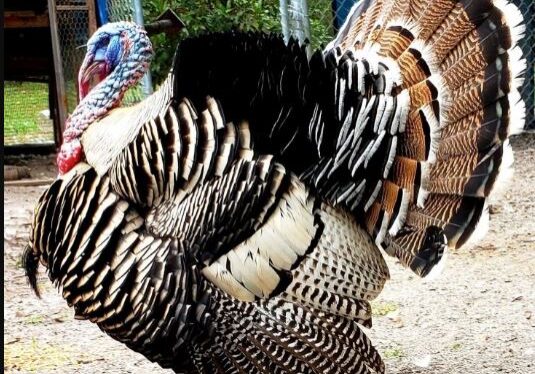
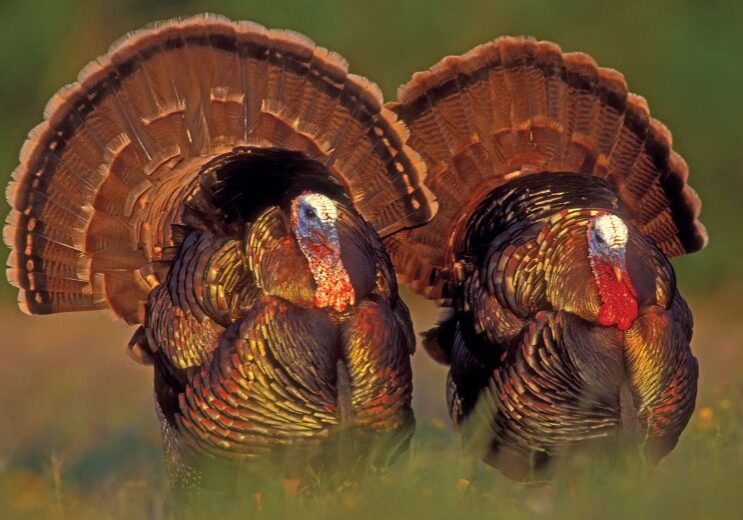
How turkeys communicate with one another?
Turkeys are social animals with a variety of vocalizations, including gobbling, purring, and alarm calls.
They can communicate their emotions and intentions by changing the pitch, intensity, and duration of their calls. Turkeys make a variety of different sounds including “purrs,” “yelps,” and “kee-kees.” Contrary to popular belief, it’s not just male turkeys that gobble. Female turkeys gobble too! Male turkeys are called “toms” while females are called “hens.”
Turkeys can also communicate through their head colors, which can range from red to blue to white. You can tell a turkey’s emotions by the color of their heads. Colors can change from red to blue to white, depending on how excited or calm they are. The more intense the colors are, the more intense their emotions.
Can turkeys fly?
It’s a common myth that turkeys can’t fly (most likely because they feed on the ground), but wild turkeys have been known to fly up to 55 mph in short bursts.
Turkeys can run up to 25 miles per hour and fly up to 55 miles per hour in short bursts.
They can also swim by kicking their feet while spreading their tails and tucking their wings.
For domesticated turkeys, this is unfortunately not the case. They’re bred to be heavier in weight, almost twice as much as a wild turkey.
The majority of animals in farming live in conditions that cause suffering or stress, and that includes turkeys. Learn more about the ways that turkeys suffer in factory farms, and help us stop the continued expansion of low-welfare factory farms.
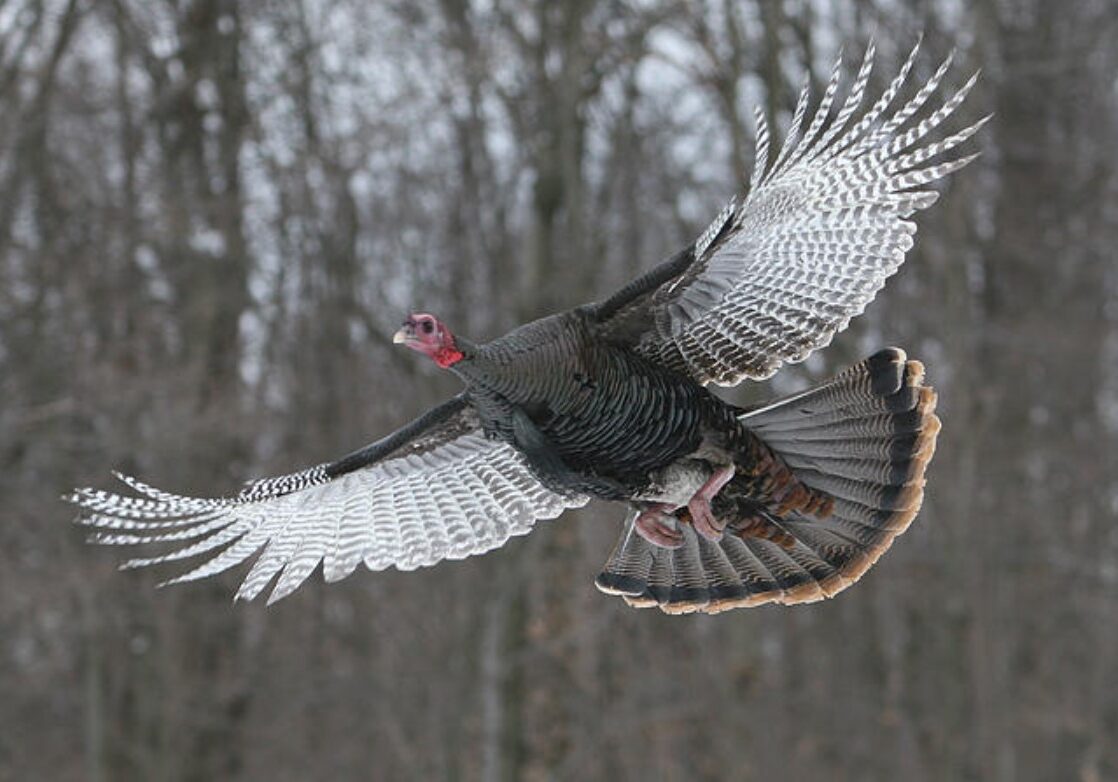
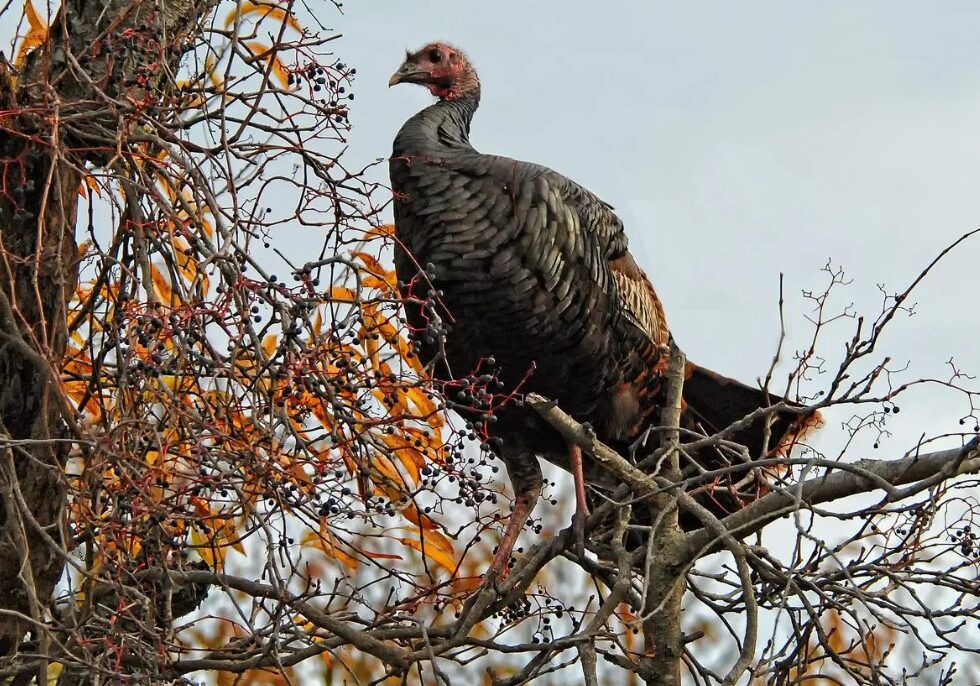
Where do turkeys sleep?
Turkeys spend most of their time on the ground, but when it’s time to sleep, (Mostly wild turkeys) they fly up into trees. This is because turkeys can’t see well at night, and to protect themselves from predators, they roost at dusk and fly down at dawn.
Suprising difference between male and female turkeys
One of the most unusual facts about turkeys involves their droppings. One way to determine whether a turkey is a male or female is by checking their droppings. A male’s poop will be shaped like the letter J, while the female’s is more spiral-shaped.
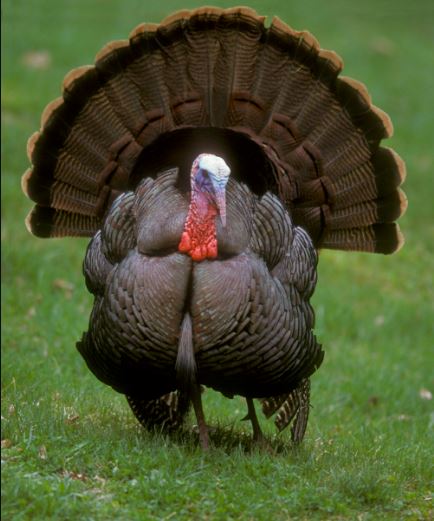
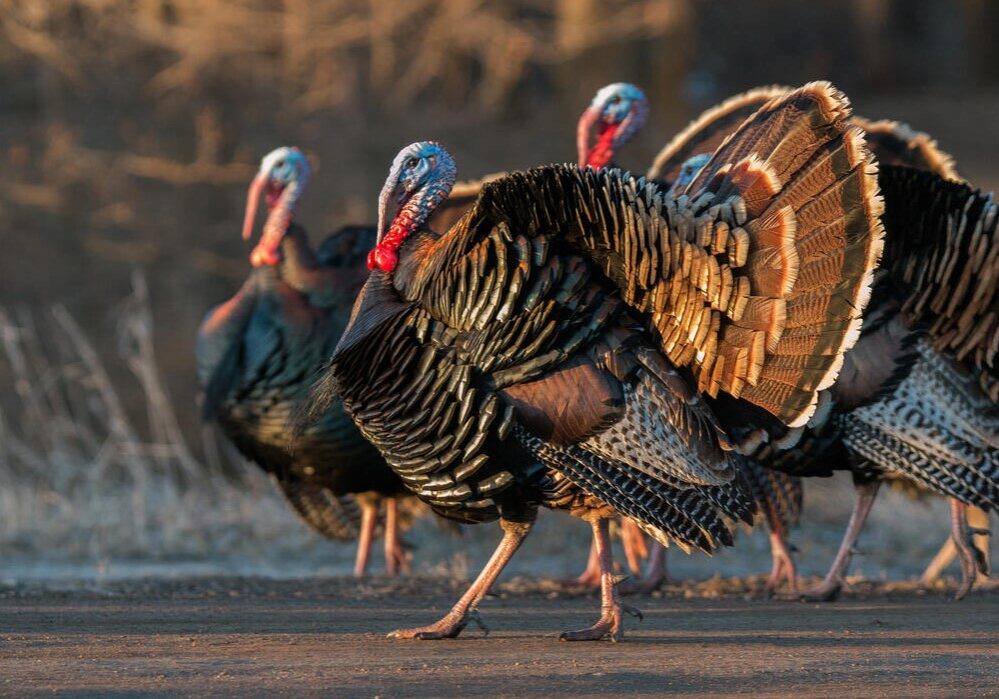
Turkeys have excellent vision
Turkeys have excellent vision and are able to see in full color. Because their eyes are on the sides of their heads, they have periscopic vision, allowing them to see objects that are not in their direct line of sight. A turkey's field of vision is 270 degrees, compared to only 180 degrees in humans!
What's the snood for?
Snoods, the fleshy appendage that extends over a turkey’s beak, are for finding a suitable mate. According to the Journal of Avian Biology, females prefer males with longer snoods, and snood length can also be used to predict the winner of a competition between two males.
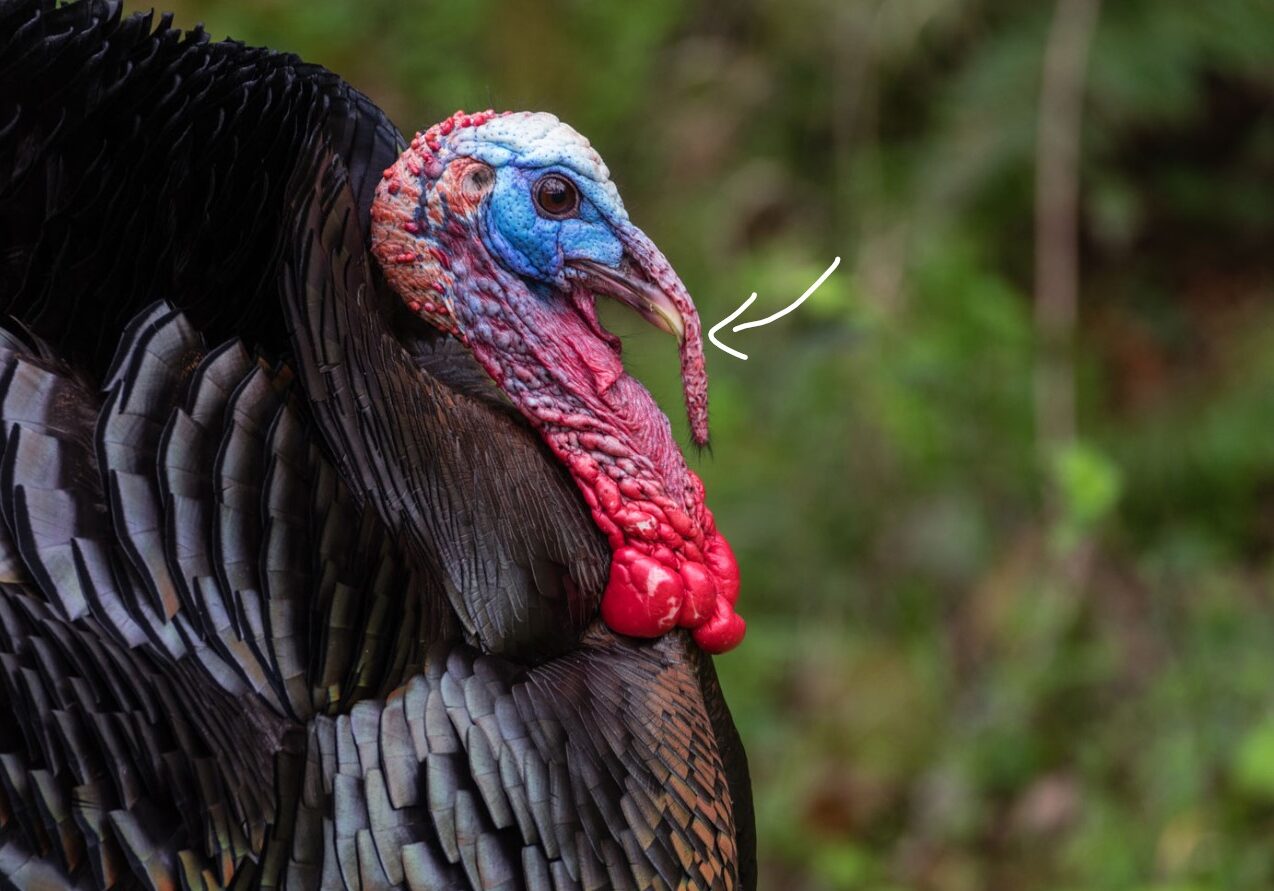
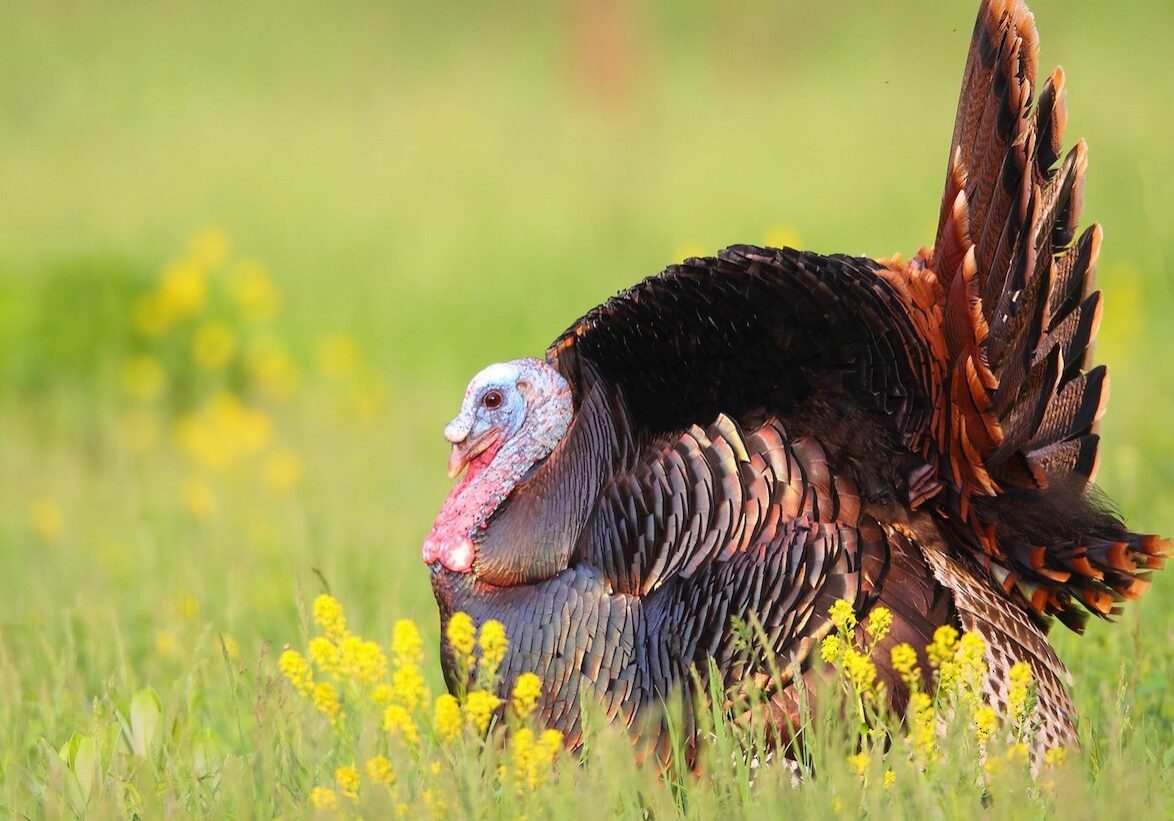
Care and health for turkeys
But turkeys need a lot of space to roam. They need 4–6 square feet of space indoors and 20 square feet of space outdoors per turkey. Turkeys can contract many diseases. They need fresh air circulation in their coops and their roosts should be moved frequently to fresh ground.
Turkeys are large birds with sharp claws.
Turkey poults are delicate and sensitive to changes in temperature, drafts, and dampness.
Turkeys can get along with other barnyard birds, including chickens and guinea fowl.
and also get along with other livestock, especially goats and sheep.
Turkeys like to listen to music.
